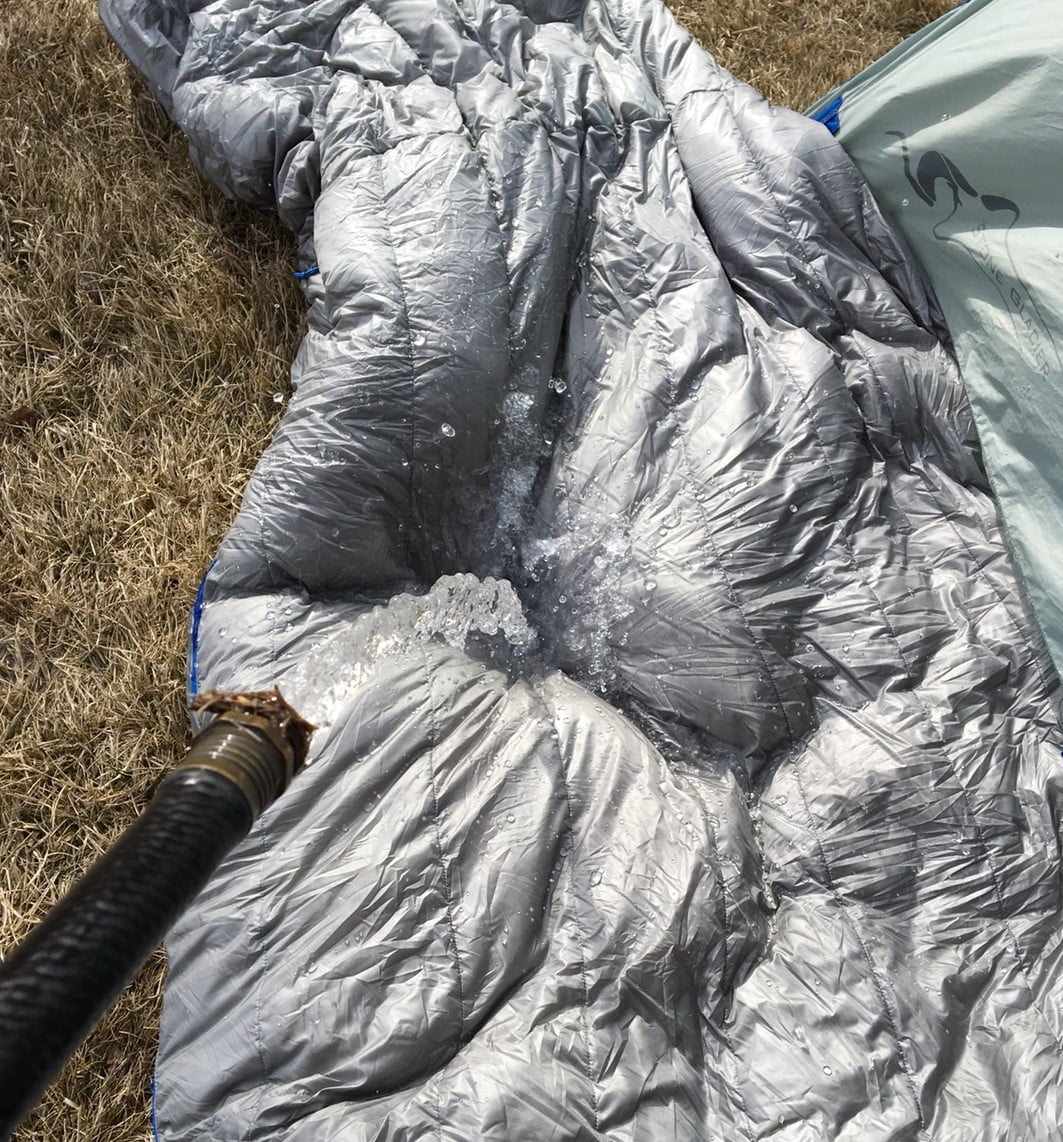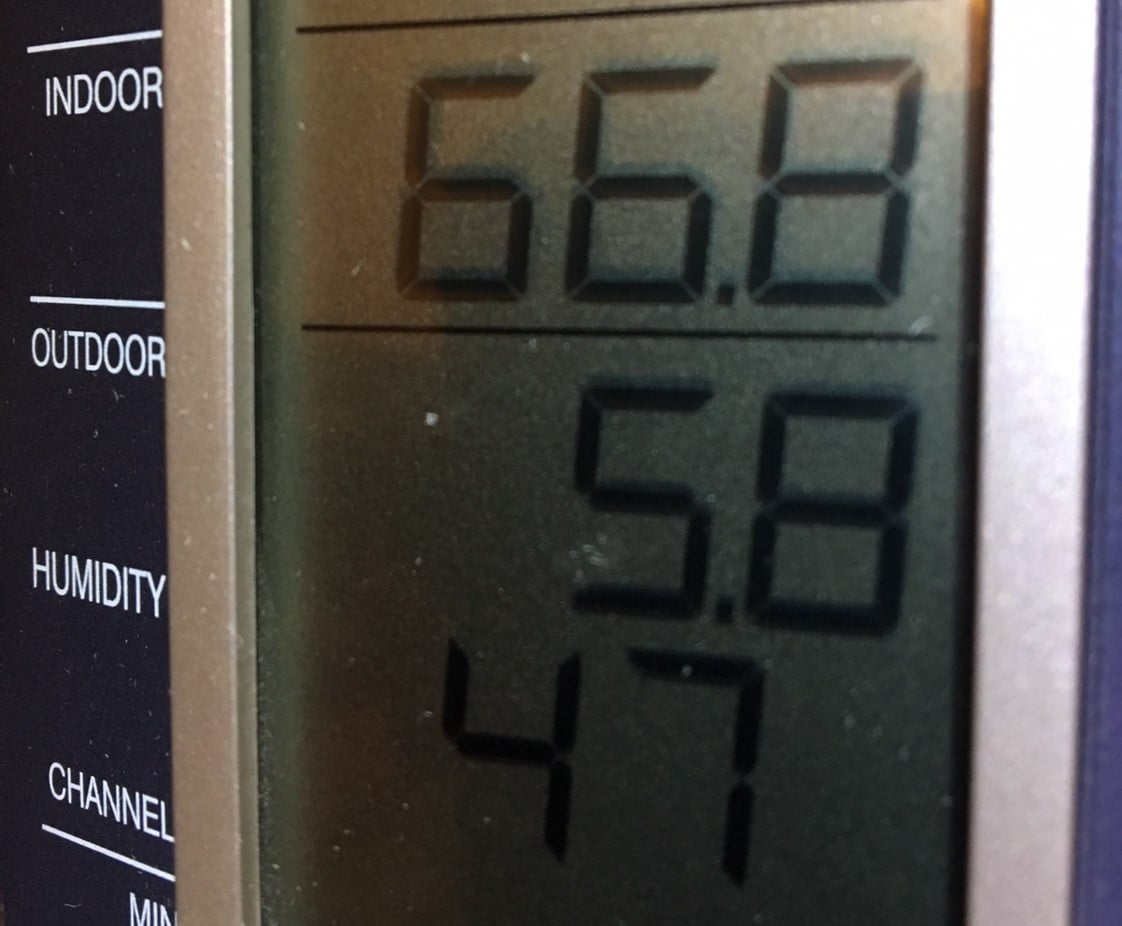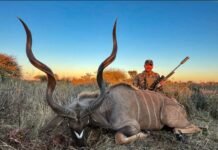. As Rokslide’s editor, I’ve read every Stone Glacier backpack review we’ve ever done, including many from our members. The common thread in these reviews is that Stone Glacier scores well in quality, durability, and customer service. So when Stone Glacier decided to expand their business beyond backpacks, I raised my hand to test their new Chilkoot 15° Sleeping Bag. This is a modern down bag designed for the weight and space conscious hunter. Down fill, while among the warmest per weight ratio of the insulations, makes many hunters nervous due to its reputation for losing all insulating properties when wet. This is a valid concern but I think you’ll see that Stone Glacier has all but eliminated that worry.
As Rokslide’s editor, I’ve read every Stone Glacier backpack review we’ve ever done, including many from our members. The common thread in these reviews is that Stone Glacier scores well in quality, durability, and customer service. So when Stone Glacier decided to expand their business beyond backpacks, I raised my hand to test their new Chilkoot 15° Sleeping Bag. This is a modern down bag designed for the weight and space conscious hunter. Down fill, while among the warmest per weight ratio of the insulations, makes many hunters nervous due to its reputation for losing all insulating properties when wet. This is a valid concern but I think you’ll see that Stone Glacier has all but eliminated that worry.
The Test Bed
First, a little history on me. I’m not primarily a backpack hunter, but use horses for accessing the backcountry. I might make one to two overnight backpack trips per year (see my review on the Stone Glacier EVO 3300 pack here), but I still gravitate towards the lightest highest performing gear. Even when using horses, pack weight and bulk are important considerations.
I’m 5’9″ and 180lbs. I’d say I’m a cold sleeper based on my reputation for sleeping clothed or pulling tarps over my bag. With this in mind, I decided to do my testing in my standard sleeping clothes that I’d expect to wear when conditions would be near the 15° mark:
- Baselayer (First Lite Fuse & Furnace)
- Pant (First Lite Obsidian on the coldest nights)
- Jacket (First Lite Brooks)
- Light glove (First Lite Catalyst Soft Shell)
- Wool Socks
- Light Beanie
I realize this doesn’t lend well to testing a bag’s true temperature rating, but it seems to me that science is pretty subjective anyway (see Wymer’s “Understanding Sleeping Bag Temperature Rating” here.) I’ve learned over the years to use the clothing I’m bringing along to up my bag’s temperature rating, allowing me to bring a lighter bag. It makes no sense to sleep in a heavier bag while my jacket and pants are laying in a pile on the tent floor. I’m better off to test a bag exactly the way I’d use it on the mountain and and let you draw your own conclusions.
I received my prototype bag in late January, 2019, a long ways from my fall hunts. However, the conditions in late winter in my hometown of Iona, Idaho aren’t much different than the October storms in the high country of the West. For this review, I used both a floorless and a floored tent as I could be using either when employing a 15° bag.
Although there was six-inches of hard-packed snow in my backyard, the afternoon sun had melted off some bare grass under my Colorado Blue Spruce trees, so I was able to set up on dry ground. However, the ground was frozen so I was only able to pound the stakes down a few inches (that will play right into this test later on as you’ll see).
Protype First
According to Stone Glacier, the only difference between my prototype and the production Chilkoot would be color (mine was blue, production is a silver/gray); and that the prototype was hand-sewn, meaning the production bag would be tighter in the seams.

Let’s get the factory-published specs out of the way. From Stone Glacier’s website:
SPECS
- Weight – 2lb 3oz.
- Shoulder Width: 32″
- Hip Width: 24″
- Foot Box: 18″
- 15 Denier Pertex® Quantum Shell
- 850+ Fill Power HyperDRY™ 90/10 Grey Goose Down
- 22.4 oz. of Down Insulation
- Complex Differential Cut Construction
- Vertical Pintucked Baffles
- Articulated Footbox
- Unique Neck Baffle Seal System
- No Stick Zipper
- Storage Sack and Stuff Sack Included
- Fits Up to 6’ 5” Tall Individual
- Stuff Sack Dimensions: 7″ x 15″
- Cost $549 (2022 pricing)
Let’s Do This!
At 10:30 PM on the night of February 1st, the outside temp was 25-degrees. I kissed the wife goodnight and headed outside. She shivered at the thought of me sleeping out there but those are mild temps compared to late October in the high country, so I wasn’t worried.

I set up my E-Kot under and a Thermarest and laid the Chilkoot out. Crawling in the bag for the very first time, I found there was plenty of room around my shoulders. I could clasp my hands together across my chest and spread my elbows out fully, just touching the sides of the bag. The 2/3-zip formed a foot box around my feet with some wiggle room for movement but didn’t seem too big so my feet could get cold.
I had a light down pillow in the hood of the bag that didn’t quite allow me to zip the hood completely closed, but the collar inside the bag kept any drafts from sinking into the bag (there is a magnet closure on the collar, but I didn’t use it that night). My horses munched on a hay bale just a few yards away as I drifted off.
I woke up around 1:00AM. The outside temp was still in the mid-20’s as it had clouded over a bit, keeping the temps up longer than I expected. I wasn’t cold at all and only woke up because I had to take a leak. Back in the bag, I was asleep in minutes.
The alarm vibrated to life at 6:00 AM, but I lay in the bag for a bit longer. I was still warm but had woken up in a semi-fetal position on my side (bag is roomy enough to allow a guy my size to roll around—nice!). Although I wasn’t as warm as I had been earlier in the night, I never got chilled. I headed in the house and checked the outside temp: 21°–pretty close to rated 15°.
The forecast said the next few nights were only going to get down into the high twenties as a snowstorm was coming in with some warmer temps. I decided to just leave the bag out there until the temps dropped again. This is where the real test was about to begin and I didn’t even know it!
The “Real” Test
Saturday night, I stayed in the house as the big wet and windy storm was rolling in off the Pacific. Sunday morning I was up with the sun. I was making coffee when I remembered “camp”. It had rained and snowed over night and the wind was blowing, so I was very curious. The temperature was already above freezing at 8:00 AM.
I went outside and this is what I found:


I forget that I live in the Snake River plain, one of the windiest places in the West. With the warm overnight temps and rain, the ground had thawed enough to release the tent stakes in the gusty winds and expose the bag to the pounding rain (I later checked the official rainfall total and it was 0.42”!)
If I was on the mountain, this could mean the end of a hunt or worse. Yet when I zipped open the Chilkoot, I found very little water inside–mostly water beads and just a little dampness in the bag, but nothing soaked. The down was not even clumped. 
The weather report said we were set for an incoming snowstorm that evening. I decided it was time to take this review to a whole new level.
I set the tent back up on the newly thawed ground and was now able to pound the stakes all the way to their collars. Shaking the bag free of all standing water, I draped it over a post to let the wind have at it, and then did the same thing with the cot and the pad.

There was a little rain still falling, but the bag was able to shed it and actually dry out in the wind. After the first hour, the outside of the bag felt dry to the touch just about everywhere I felt it, so I turned it inside-out and put it back on the pole.

Another hour later, I couldn’t feel any dampness in the bag. I shook it to restore some more loft then put it back on the now dry cot and pad in the tent, then closed it back up. Snow, rain, or pain, I committed to sleeping out that night, just to see if the Chilkoot could recover from this event.
I hit the sack at 10:00 PM. The bag was dry to the touch and I felt no wet spots when I got in–amazing considering the bag was soaked just hours earlier. Temperature was in the low thirties and held steady all night as I got blasted by more rain and slushy snow. As it was 10 degrees warmer than the first night, I ended up zipping the bag open in the middle of the night and removing my gloves.
Before I knew it, it was 6:00AM. I awoke warm, comfy, and dry. The inside of the Chilkoot was totally dry. I checked the outside to find it was damp. This was due either to condensation in the tent (it was near 100% humidity) or the remaining moisture being forced from the bag by my body heat. Either way, the Chilkoot did its job

With all the snow and wind, I decided it was time to break out the 4-season tent: Stone Glacier’s new Skyscraper (see Josh Boyd’s full review here). I used this tent a lot last year in the early season, and wanted to give it a true cold weather run. I pulled down the Cimarron and laid out the Skyscraper in its foot print.


From Floorless to Floored
With temps forecasted to the bag’s limit of 15°, I donned my final layer that I’d have on a hunt: my First Lite Obsidians. As I said above, I use my clothes I’m bringing anyway to drop the bag’s temp rating and save bag weight. I climbed in bed to gusting winds and temps in low 20s.
The aforementioned draft collar inside the bag serves two functions:
1) Seal out drafts
2) Insulate your neck
With the coldest night yet predicted, I used the collar. It’s tricky to align the magnets, but with some effort, I made it happen.



I must’ve been warm because I never woke until 4:30 AM when I had to take a leak. If I’m gonna get cold, it’s usually my feet but they were fine. Back in the sack, I slept until 6:30, still warm. Once in the house, I checked the temp and it was right at the Chilkoot’s rating of 15°.
Beyond the Limit
The storms continued for a few more days, but I slept in the house. As they began to wind down, the weather prediction was for our coldest night yet: five degrees! I just couldn’t help myself…
I hit it the sack at 11:00 PM in four-degree temps and zipped in tight with just my nose/mouth exposed from the bag’s hood. Sleep came easy. I slept warm until about two hours before the alarm went off, when I started to feel a chill. I rolled onto my side into a semi-fetal position and pulled in all the vacated dead airspace so the bag was tucked snugly around me. That did it and I slept well enough considering I was at least 10-degrees below the bag’s lower limit. At 6:30 AM, I got up and and headed back in house. Weather app said it was 1°, while my thermometer said 5.8°.
With multiple nights under a myriad of conditions–not to mention a good bag soaking–I was more than satisfied with the Chilkoot’s performance. Now if only the production bag would perform as well…

Production Bag Testing
My new production series Chilkoot 15° bag arrived about a month later. Checking the weather, I only had one more evening of temps forecasted near the 15° mark. With that report, I had the Skyscraper back up in a few minutes. All the snow was gone by now.


In my same test clothes as the prototype test, including the Obsidians, I was in the the sack by 10:30 PM. The temps hovered in the upper twenties. I zipped the bag up almost around my face, but did not clip the magnet closure as I knew I wasn’t going to get cold. Sure enough, by 3:00 AM I was overheated to the point I had to unzip. I checked the temp on the weather app and it was 22 degrees. After the ventilate, I fell back to sleep with the bag only zipped to my shoulders and slept comfortably until the alarm went off at 6:55 AM. Back in the house, I checked the actual outside temp and it was 21.6°
I saw no indication that the production Chilkoot is any different than the prototype in the temperature department. Looking back to earlier in my test, I was overheating in the bag when it was in the 20s in my same test clothes.
The Final Soak
Next step was to soak this bag. Using the garden hose, I hit it with about a quart then let it sit a minute. It pooled water across the baffles. I opened the bag and saw no indication of leaks, just like the prototype. Simply amazing.


I also weighed the new Chilkoot in the newly included stuff sack. The stuff sack weighed 1.4 ozs, while together, they hit 2 lbs 4 ozs; the math says my production bag on my scale is 2lbs 3ozs, exactly as advertised. Packability is also great with an advertised 7″ x 15″.


Summary
In summary, I can’t imagine what more to ask for in a modern down fill bag. With Stone Glacier’s inclusion of YFuse Pertex Fabric, SuperDWR, and HyperDry Down, they’ve nearly eliminated the “down” side of down fill, as I showed in this review. It goes without saying that this Stone Glacier Chilkoot 15° will be in my pack and panniers for this fall’s hunts.
*There is also a 0° version of the Chilkoot available here.
This review was originally published as a live Rokslide forum thread. To see the entire review and member’s comments, or to ask Robby questions, click here



















